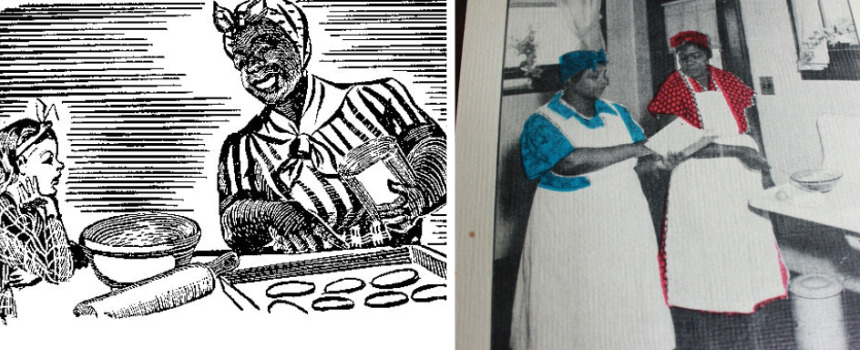
CHEFDOM HONORED, INSPIRED ON THE SOUTH LAWN
I was busy digging around in American history looking for evidence that black cooks had earned the title of chef when the invitation to the White House arrived in my email. For years, I have been trying to clarify the fuzzy characteristics that epitomize chefdom in order to understand the role black cooks played in creating American cuisine. The First Lady turned that inquiry into a personal awakening.
You may remember from my last post that Michelle Obama called upon chefs from around the country to join her on the South Lawn as she introduced a new initiative in her Let’s Move campaign to help solve the childhood obesity epidemic in a generation. The invitation explained that the Chefs Move to Schools program would pair chefs with schools in their communities to teach kids about food, nutrition, and cooking in a fun and engaging way. And, it required those of us already working with schools to complete a questionnaire and chef’s profile.
The nonprofit organization I founded two years ago to teach cooking, heritage, and nutrition to underprivileged kids definitely qualified for the program, but me, a chef? I might be an excellent cook, but the difference between that and the artistry of a master chef is like comparing Derek Fisher to Kobe Bryant (I’m from Los Angeles; what do you expect?).
Eventually however, qualified sources convinced me that the women of The Jemima Code deserve chefdom. Maybe I do, too. The etymology of the noun chef is French, short for chef de cuisine, says Merriam-Webster. The term dates to 1840 and is defined simply as “a skilled cook who manages the kitchen.” In the 1977 edition of The New Larousse Gastronomique, the internationally-known culinary bible, the chef de cuisine is known as a “director responsible for a cooking team.” Chefdom, I reasoned, does not just mean one who is educated in classic technique at a well-equipped culinary academy — even though that is exactly the interpretation proclaimed by those with the synoptic view that “chefs are professionally trained, cooks are not.”
I filed the documents, packed my chefs whites, and got on the plane to Washington D.C.
The air was hot and sticky on the morning of June 4, filled as much with moisture as excitement, as I stood in line on East Executive Avenue NW waiting to clear the first secret service checkpoint. Friends and I gabbed nervously about work, pausing every now and then to marvel at the mist of nearly 700 chefs, and to take pride in the diversity of the crowd. Once through the second security stop, we received paper chefs hats with a Let’s Move message from First Lady Michelle Obama printed on the rim:
“We are going to need everyone’s time and talent to solve the childhood obesity epidemic and I am calling on our Nation’s chefs to get involved by adopting a school…you have tremendous power as leaders on this issue because of your deep knowledge of food and nutrition and your ability to deliver these messages in a fun and delicious way…”
Next it was off to the South Lawn. The mood was bright with exhilaration and we embraced one another while taking pictures as if we were little children on their first trip to a Disney theme park. Chefs posed everywhere: In front of the White House; beside the Ellipse; at the podium; between the collards and the rhubarb in the vegetable garden. After about an hour we wound our way through the gorgeous grounds, lured to the hilltop by the sound of a small band. We took turns alternating between saving seats and cooling off under the gallery of shade trees. Then an announcer asked us to be seated.
The anticipation was as high and our togues were drenched. In time, the chatter quieted to a hush and we sat on the edge of our seats watching and waiting for a sign of life at the door to the lower level of the White House. And then, she was there. Close enough to touch. Beautiful and poised. Articulate. Mrs. Obama echoed the remarks made earlier in the day at the Share Our Strength breakfast, encouraging the crowd, among other things, to be patient and considerate of cafeteria food service professionals — not just talented and skilled — when we set out to teach cooking and nutrition in schools.
The program concluded when the First Lady retreated to the garden to harvest vegetables with a few children and some of the food industry’s elite, including Marcus Samuelsson, Tom Colicchio, Cat Cora and Rachel Ray. The rest of the group remained in a glow of amazement, inspired by this executive expression of support, energized for the challenges that lay ahead.
And I contemplated a debt owed to generations of African American chefs who paved the way for me with little recognition — women who might have been asked to labor here, but never would have been treated to such an honor. I lingered a few minutes more in this opportunity of a lifetime, then peeled off my sweaty chefs coat — the one with The Jemima Code embroidered near my heart — and settled into my new role.



Comments